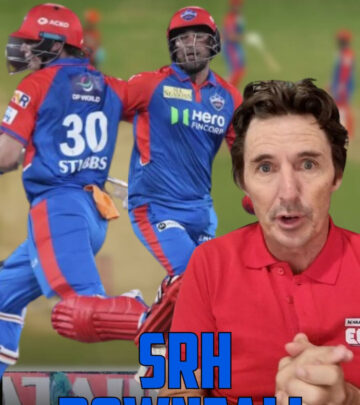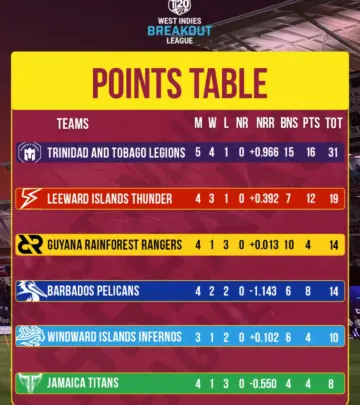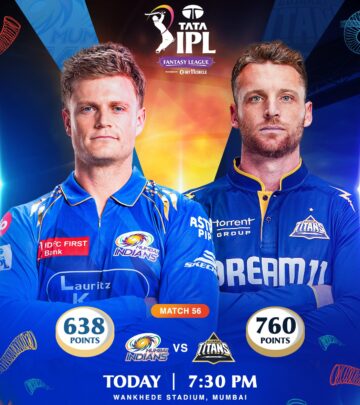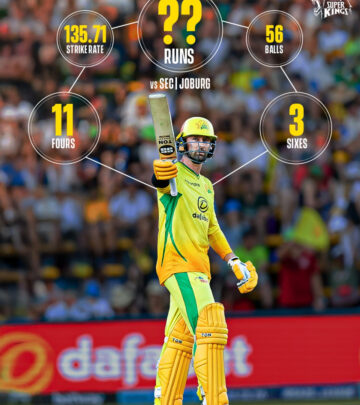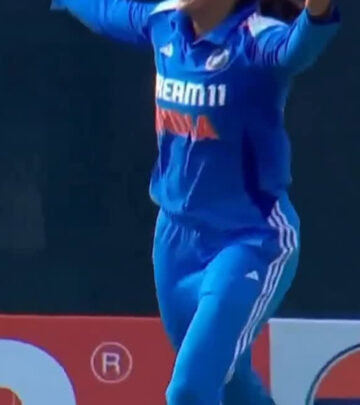LBW Clarification: Rohit Sharma Vs Abhishek Sharma Explained
Anil Chaudhary explains LBW mechanics: Rohit Sharma pitch vs Abhishek Sharma impact call.!
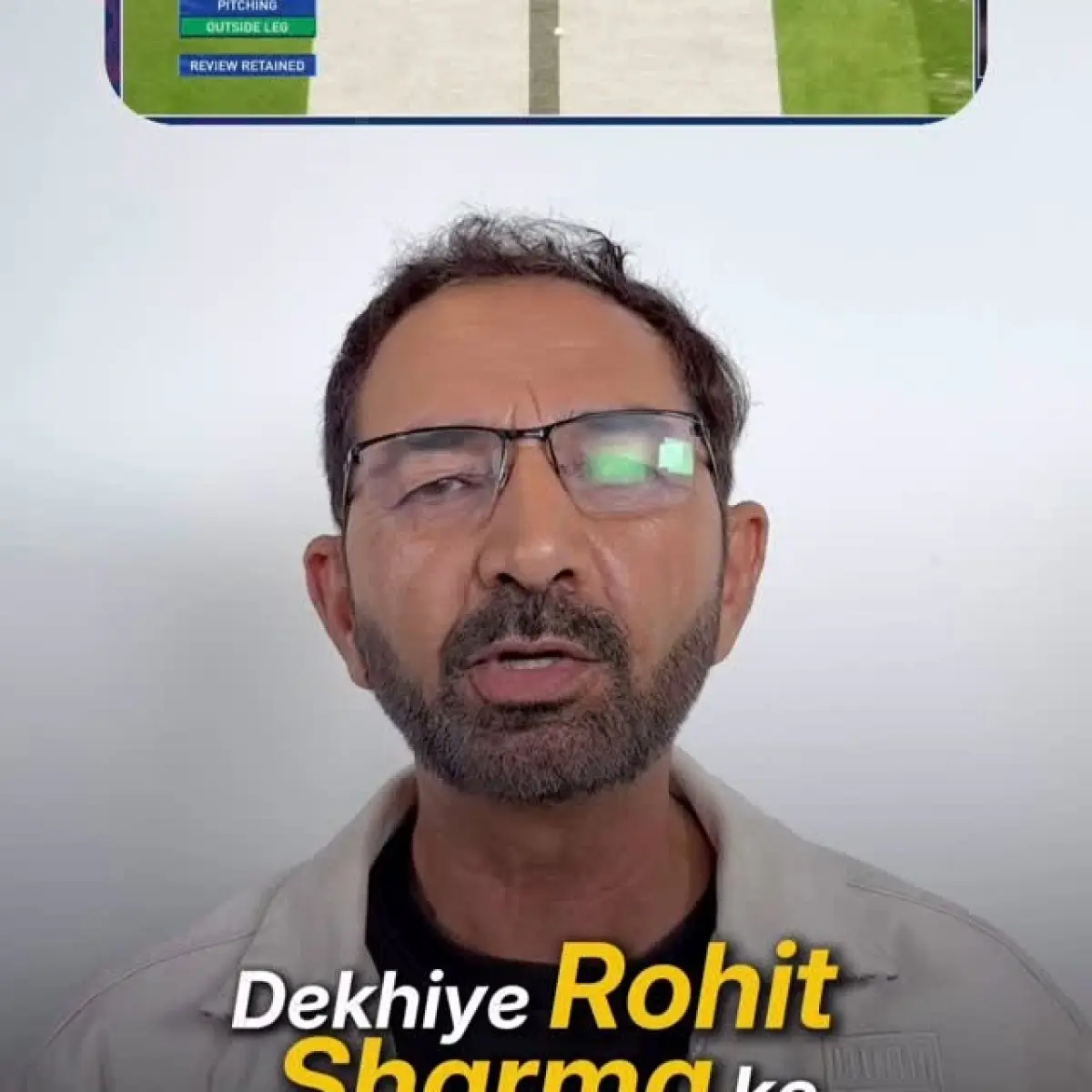
Image: Instagram
In an effort to demystify one of cricket’s most debated judgment areas, veteran umpire Anil Chaudhary has stepped forward to explain the intricacies behind two recent LBW decisions. The clarifications focus on dismissals involving Rohit Sharma and Abhishek Sharma, and they underscore how minute differences in ball trajectory and impact can dramatically alter outcomes at the crease.
Understanding Lbw And Its Nuances
Cricket has always been a sport where technological reviews and umpire expertise intersect. LBW, or Leg Before Wicket, is one of the game’s most contentious appeals. In his recent discussion, Anil Chaudhary outlines that not every dismissal labeled LBW is straightforward. The umpire’s decision often depends on the precise behavior of the ball––whether it pitched in line or outside the leg stump, where the point of impact occurs, and even if the ball hit the bat or, in rare circumstances, the shoes first. This recent analysis underscores that each scenario must be evaluated through the lens of minute technical details and established cricket laws.
Rohit Sharma’s Dismissal Explained
The first case in point involves Rohit Sharma’s dismissal. According to Chaudhary, the decision was based on the fact that the ball pitched outside the leg stump. In cricketing parlance, when the ball’s point of pitching is outside the leg stump, it does not satisfy the criteria to be adjudged LBW, regardless of where it eventually impacts. This technicality often goes unnoticed by the untrained eye but can be crucial in close contests. The umpire’s decision in this instance involved a careful assessment of the ball’s trajectory from its point of release to the moment of impact with the batsman’s pads.
Abhishek Sharma’s Impact Call Demystified
In contrast, the second dismissal concerning Abhishek Sharma sparks a different debate. Here, the decision was driven by the fact that the ball struck the shoe before making any contact with the pad. Chaudhary explained that in such scenarios, the impact call takes precedence, rendering the pitch location irrelevant. The core of the decision rested on the observation that the ball’s contact was primarily with the batsman’s footwear – a detail that, when validated, shifts the ruling from a near-miss LBW to an Umpire’s Call. This differentiation is critical because it hinges on the sequence and the precise point of contact, which often remains a gray area in traditional umpiring.
Umpire Insights And Expert Analysis
Anil Chaudhary, who has built his reputation over years of officiating high-stakes matches, uses his deep understanding of the Laws of Cricket to break down these scenarios. In his discussion, he emphasizes the significance of clarity and consistency in decisions. He mentioned, “Understanding the nuances of the umpire’s call is essential for players, fans, and future scorers alike. It is these technical details that often decide the outcome of a match.” His remarks come as no surprise given his extensive background and expertise, which has been highlighted in previous analyses on contentious calls – including cases such as the Shubman Gill run-out debate and other high-profile decisions in the IPL.
The Role Of Technology And Review Systems
In today’s game, technology such as DRS plays a pivotal role in supporting on-field decisions. However, even with an array of high-definition cameras and ball-tracking systems, human judgment remains at the forefront during live match situations. Chaudhary’s recent explanation throws light on how umpires must balance technology with on-ground realities. The discussion also highlights that while technology provides data points, the umpire’s interpretation of that data is what resolves the appeal. Dissecting these decision-making processes helps the cricket fraternity understand why two similar incidents can lead to differing outcomes under the LBW rule.
A Closer Look At Anil Chaudhary’s Contributions
Anil Chaudhary’s insights are not only technical but also deeply educational. Beyond his explanations on LBW dismissals, his active presence on social media platforms adds a layer of transparency to his on-field decisions. A recent Instagram post, accompanied by an image that captures him in action, reinforces his commitment to educating fans about cricket’s most intricate rules. His detailed breakdown of events in other matches has garnered appreciation from cricket enthusiasts, who find clarity in his methodical approach to contentious decisions.
Bridging The Gap Between Fans And Officials
It is this commitment to clarity that bridges the traditional gap between umpires and fans. With live debates and impassioned discussions often marred by uncertainty and misinterpretation, Chaudhary’s technical briefings serve as a reminder that the spirit of the game lies in its details. The recent LBW clarifications not only highlight the specific reasons behind the dismissals of Rohit Sharma and Abhishek Sharma but also educate viewers on the broader principles of cricket. For the everyday fan, these explanations are a much-needed insight into what can often appear to be a mystifying aspect of the sport.
In conclusion, the expert analysis provided by Anil Chaudhary has shed light on the technical subtleties that define LBW decisions in modern cricket. By distinguishing between the nuances of a pitching-related dismissal and an impact-based call, Chaudhary not only clarifies recent incidents but also reinforces the importance of accuracy and consistency in umpiring. His efforts to demystify these calls contribute to a better-informed fan base and foster a spirit of transparency in the game.
The discussion continues to resonate in cricket circles, sparking debate and encouraging a deeper understanding of the often-overlooked technicalities that make this sport so fascinating.
Read full bio of Srijita De




